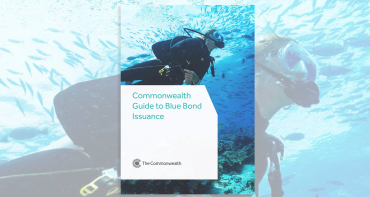During the exploration phase, companies drill exploration wells to determine whether the petroleum reservoirs exist. If a discovery is made (i.e. the well encounters a petroleum accumulation or “reservoir”), the company enters an appraisal phase to better understand the size of the field (grouping of multiple reservoirs), subsurface risks and to determine if it can be technically and commercially developed. If the company determines that it is a “commercial discovery”, the next step is to decide how the field will be developed.
A Field Development Plan (FDP), outlines how a company intends to develop a petroleum field, manage the impact on the environment and society, as well as forecasts for production and costs. This involves complex issues such as how to manage the reservoir, how to bring the petroleum to surface (wells), process (facilities), transport to markets (e.g. pipelines, tankers, storage) and sell the various products. It is the outcome of a complex and long process of evaluating multiple development concepts for a field and selecting the best option that successfully manages risks and delivers the greatest value to its shareholders.
Subsections in Chapter 1
- 1.1 What is an FDP?
- 1.2 How do companies create an FDP?
- 1.3 Key challenge - dealing with uncertainty
- 1.4 Influencing factor




